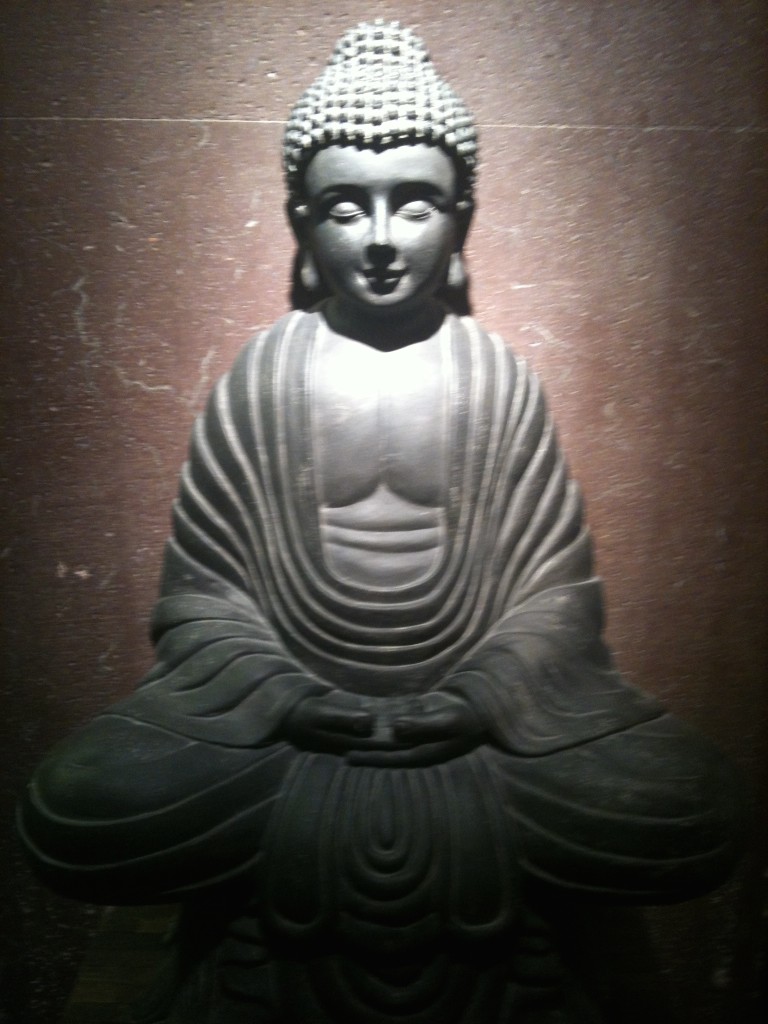Anger is often a reflection of our disagreement with either our circumstances, or opinion and behavior of others. It reflects our inability to connect with our larger real nature, which remains ‘complete’ without any need for a change, without an opinion or need for one, beyond good and evil, right and wrong, and is actually pure-unadulterated-love.

Image credit: personal
One of the reasons for this disconnect with our real nature, our higher-self is our agitated mind. Patanjali in his yoga sutras explains the connection between calming an agitation and stilling of the mind, which is the goal of any meditative practice. Although yoga sutras by Patanjali go into detail in making the links, in this piece I share two practices that, via mediation, will lead you to a calm mind.
First, we should avoid confusing seer (us, the one making the observation) for the object (the experience). Meaning, we should not identify with our experiences, or opinions, both of which are the result of avidya (ignorance, lack of knowledge) of the nature of things.
Second, by breaking that avidya, our mind is led to a state of freedom in which we can see the true nature of things. Meditation breaks that avidya by making our minds like a still pond in which we can see the reflection of our true selves without any distortion (virupan).
Our true natures are pure love, which we tend to forget in the rigor of life, as we get caught up in various experiences and opinions that result from an imperfect perception. Continued meditation practice enables us to see the world through a ‘still mind’s eye’ and allows us to calm our minds at will.


